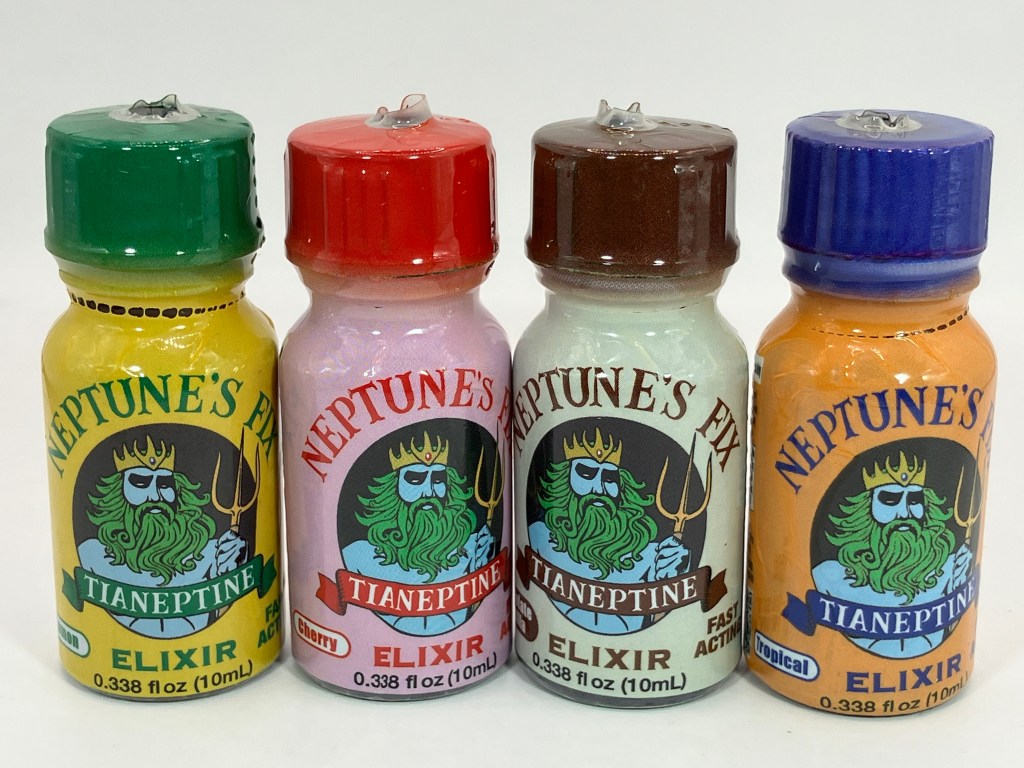You might recognise laughing gas – the more common and definitely more fun name of nitrous oxide – as the anesthetic dentists use or the underground party drug often sold at raves and festivals in bullet-shaped canisters.
Now, it’s also a potential treatment for depression, according to a small study conducted by the University of Chicago Medicine and Washington University.
Videos by VICE
A phase two clinical trial with 24 participants has found that low doses of laughing gas could be effective for rapidly relieving treatment-resistant depression.
The study, published on June 9 in the Science Translational Medicine journal, also revealed that the effects lasted much longer than previously thought, with some participants experiencing improvements in their mood for upwards of two weeks.
This trial expanded on a previous proof-of-concept trial conducted in 2014, which found that inhaling 50 percent nitrous oxide – the typical amount of gas used for managing pain during surgery – could reduce symptoms of depression resistant to other treatments like anti-depressants.
The 2014 trial, however, concluded that the results did not last for more than a week, while the new trial suggests that in lower doses, the effects of laughing gas to treat depression could last for several weeks.
According to the study’s co-author Peter Nagele, a professor of psychiatry and behavioral neuroscience at the University of Chicago, the gas works the same way as ketamine therapy or nasal sprays, that is, by blocking molecules on nerve cells called N-methyl-D-aspartate (NMDA) receptors.
“This investigation was motivated by observations from research on ketamine and depression,” Nagele said in a press release. “We wondered if our past concentration of 50 percent had been too high. Maybe by lowering the dose, we could find the ‘Goldilocks spot’ that would maximise clinical benefit and minimise negative side effects.”
During the trial, 24 participants dealing with treatment-resistant depression were randomly assigned three different treatments over a period of three months, with a one-month gap between each treatment. The first treatment administered was an hour-long high dose of nitrous oxide at 50 percent; the second was an hour-long low dose of the drug at 25 percent; while the last was a placebo mixture of oxygen and air.
Two weeks after each treatment, researchers found that those who had been given the laughing gas at either dosage showed more long-term benefits than those who’d received a placebo. However, the higher dose of laughing gas was associated with four times more side-effects such as nausea.
“These results highlight that lower concentrations of nitrous oxide may be a useful treatment for treatment-resistant major depression,” the study said.
While the lower dose did not elicit a nausea response, researchers said it put many participants to sleep. People who use laughing gas to get high also sometimes report side-effects like nausea, headaches, and sleepiness.
On an average, the study participants had previously tried 4.5 different antidepressants, and dealt with depression for 17.5 years.
Experts believe that while the research is promising, the study is far from conclusive. Researchers stress that the small sample size is a key limitation. Additionally, the fact that all participants received all treatments – unlike in randomised controlled trials where one group is given the treatment and the other receives a placebo – could mean that a lasting effect of one treatment may have muddled the final outcome.
For Nagele, the next step is to conduct a larger trial to confirm these results. “These have just been pilot studies,” he said. “But we need acceptance by the larger medical community for this to become a treatment that’s actually available to patients in the real world. Most psychiatrists are not familiar with nitrous oxide or how to administer it, so we’ll have to show the community how to deliver this treatment safely and effectively.”
Over the last few years, researchers have been conducting clinical trials to determine the use of drugs like LSD, MDMA or ketamine as alternative treatments for depression, anxiety and PTSD.
Follow Shamani on Instagram and Twitter.






